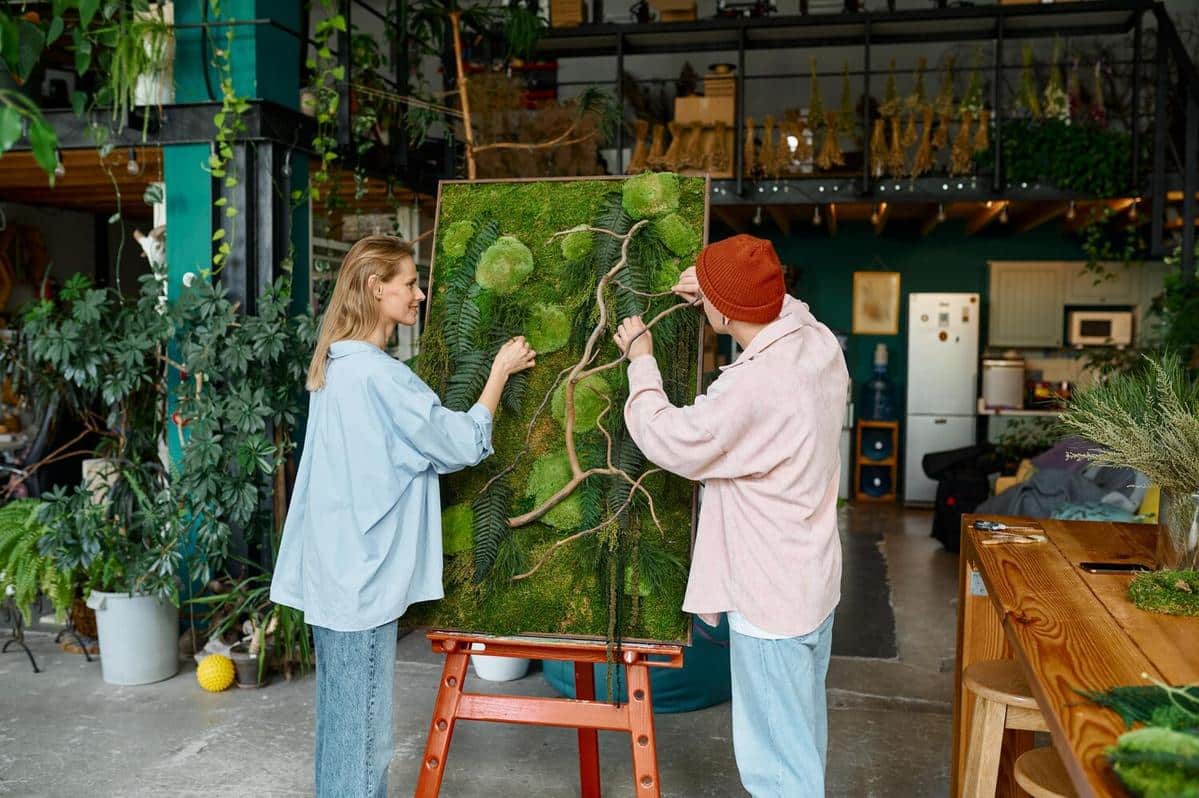
Sustainability in Art: Eco-Friendly Creations
Art has always been a reflection of society, and as our awareness of environmental issues grows, so too does the movement towards sustainability in art. Today, artists worldwide are creating eco-friendly works that not only captivate but also inspire change.
Sustainability in art is not just a trend; it’s a vital evolution in the way art is conceived and appreciated. By utilizing recycled materials and eco-friendly processes, artists are making a significant impact on both the art world and the environment.
The Rise of Eco-Friendly Art
The shift towards sustainable art has been driven by a growing awareness of environmental issues. According to a report by the National Endowment for the Arts, there has been a notable increase in exhibitions and projects focusing on sustainability in the past decade. This movement is not just about using green materials but also about fostering a dialogue on environmental responsibility.
Expert Insights
“Artists have the unique ability to raise awareness and provoke action through their work,” says Maria Gonzalez, a curator at the Eco Art Center. “By embracing sustainable practices, they can lead the charge in promoting environmental consciousness.”
Innovative Practices in Sustainable Art
Artists are employing various innovative techniques to create eco-friendly art. For instance, some use natural dyes, while others incorporate found objects into their pieces. A prominent example is renowned artist Vik Muniz, who uses waste materials to craft intricate portraits, demonstrating that beauty can indeed be found in the discarded.
Personal Anecdote
Consider the story of Liam, an artist who transformed his practice after witnessing the waste generated by traditional art materials. By switching to organic paints and repurposing old canvases, Liam not only reduced his carbon footprint but also found a new level of creativity in constraints.
Actionable Tips for Artists
- Experiment with recycled materials to create unique textures and effects.
- Explore natural pigments and dyes as alternatives to synthetic ones.
- Attend workshops or online courses on sustainable art practices.
- Join local art collectives focused on eco-friendly creations.
Resources and Further Reading
For those interested in delving deeper into sustainable art, websites like Green Art and Eco Art Network offer valuable resources and community support.
Comparison of Traditional vs. Sustainable Art Practices
| Aspect | Traditional Art | Sustainable Art |
|---|---|---|
| Materials | Often synthetic | Natural or recycled |
| Environmental Impact | Higher | Lower |
| Creativity | Standard techniques | Innovative approaches |
| Cost | Variable | Potentially lower |
| Popularity | Widespread | Growing |
| Availability | Readily available | Expanding |
| Community Support | Established | Emerging |
| Longevity | Long-standing | Future-oriented |
FAQs on Eco-Friendly Art
What materials are commonly used in sustainable art?
Recycled paper, natural dyes, and found objects are popular choices.
How can artists reduce their carbon footprint?
By selecting eco-friendly materials and minimizing waste during the creative process.
Are there any organizations supporting sustainable artists?
Yes, organizations like the Eco Art Network provide resources and community support for artists focused on sustainability.
Conclusion
Incorporating sustainability into art not only enhances its aesthetic value but also contributes to a greater cause. As the art community continues to embrace eco-friendly practices, we can look forward to a future where creativity and environmental responsibility go hand in hand. By making conscious choices, artists can inspire others to consider the impact of their actions, ultimately leading to a more sustainable world.


